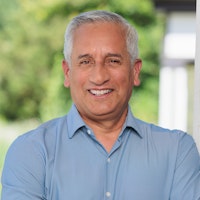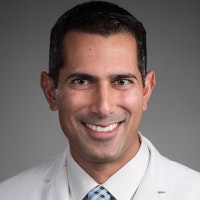Setup
Almost 137 million Americans visit emergency departments every year, which is an extremely costly route to health care. Overcrowding is a widespread problem, yet a high percentage of people seek out urgent care for nonurgent needs because they have no other place to go. At the same time, telemedicine — such as telephone apps that can provide ultrasound — allows some patients to be treated without travelling to emergency facilities and others to get faster care once they arrive. How can we provide the best possible emergency services, but only when they are truly needed?
- 2019 Health
Explore More
Economy

The United States spends $4.3 trillion—almost one fifth of the nation’s GDP—on health care. As the scale of the medical enterprise expands, venture capitalists are pursuing th...

In a time of growing wealth disparity and changing societal values, can capitalism adapt? How is the economy being transformed by investments in infrastructure, AI, energy, an...
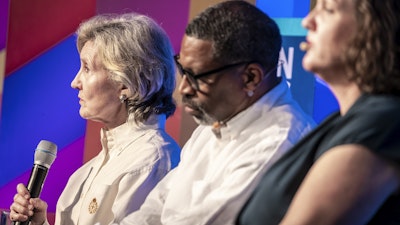
In a time of growing wealth disparity and evolving societal values, can capitalism adapt to sustain the American Dream?

Women are twice as likely to invest in female-led businesses. Explore the ways women approach wealth building and investment, and how they create opportunities to build financ...

Join Jim Farley as he explores how drivers' needs and priorities are guiding the future of vehicle technology and reshaping our expectations of cars and trucks.

With ESG caught in the political culture wars, business executives must decide to speak up or stay quiet about climate, diversity and democracy. What do employees and citizens...


Africa is a rising giant. By 2050, one in four people on the planet will be African, and by 2060, Africa will have the largest labor force in the world. A former Nigerian pres...

Peter Thiel has made no secret of his feelings about economic and cultural issues. Hear him discuss his vision for the future, his bets on AI and digital currencies, his thoug...

Of the 1.2 billion youth aged 15 to 24 worldwide in 2019, close to half were out of school, out of work or underemployed, and this number will continue to grow. Listen as glob...

If you want to know where the economy is headed, ask an economist. If you want to know why (and more), ask a treasury secretary, an economic diplomat, a director of the Nation...

The market is at record highs. Unemployment is at record lows. And most economists will tell you the American economy is the envy of the world — but far too many working famil...

Poverty doesn’t care what color you are. Declining manufacturing jobs, income inequality and inadequate social safety nets affect all Americans. The problem of poverty demand...

With a staggering $84 trillion projected to change hands by 2045, the United States is on the brink of a historic intergenerational wealth exchange. How are our institutions p...
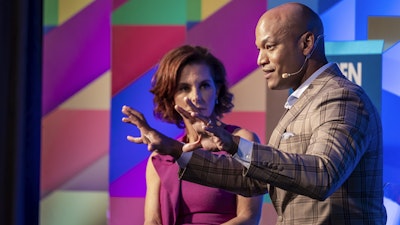
The U.S. is spending record amounts on infrastructure, with billions of federal dollars going to bridges, clean drinking water, broadband, and climate and energy. The governo...

In a recent op-ed, former U.S. climate envoy and secretary of state John Kerry declared that rich countries are failing to respond to the climate crisis. If extreme weather wi...

Niall Ferguson, the celebrated historian who predicted Cold War II in 2018, has assembled the sharpest minds from both sides of the Bamboo Curtain for a discussion on the futu...
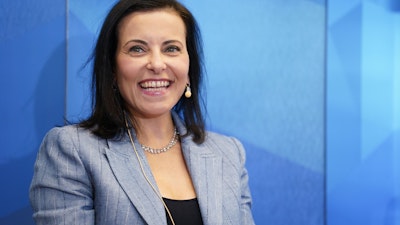
Renewables are on the rise, but so is fossil fuel consumption as global development demands more and more. Does the oil and gas industry have a role in reaching net-zero goals...

Two legends — a baseball superstar and a Wall Street titan — discuss how they are leveraging their passion for professional sports as a team stakeholder and an owner.

Climate change is a threat multiplier with a disproportionate impact on vulnerable populations. Girls and women, who are denied equitable access to education and economic oppo...


